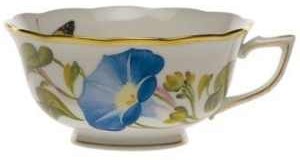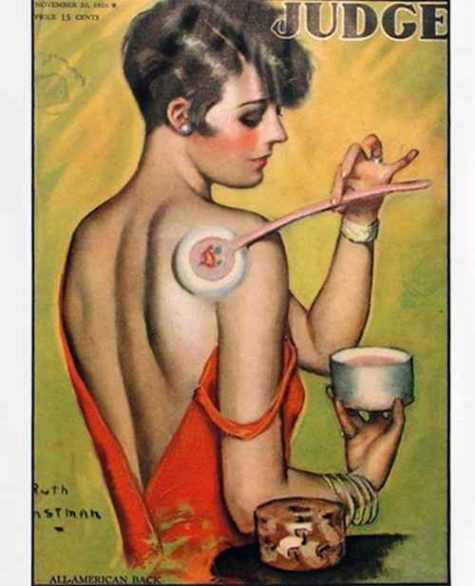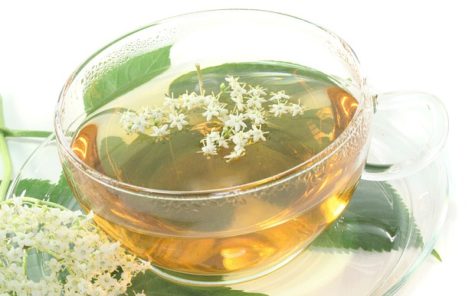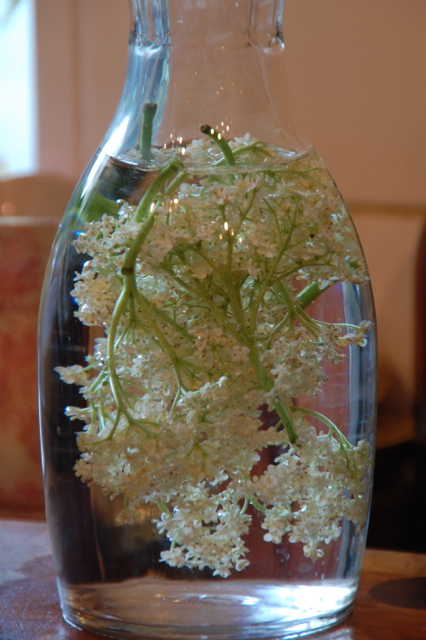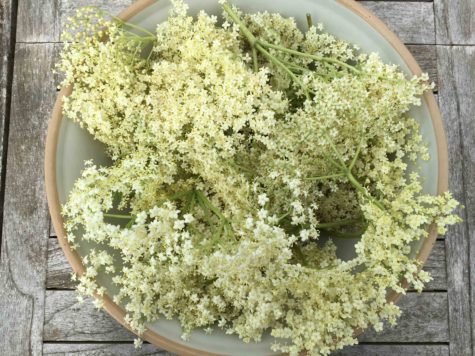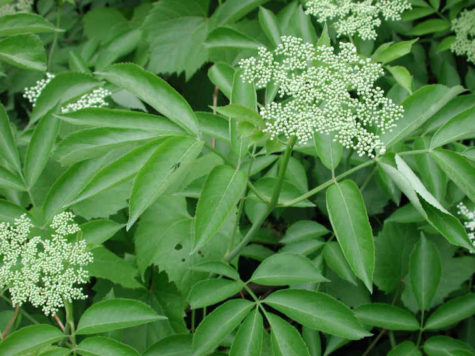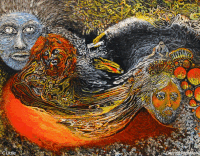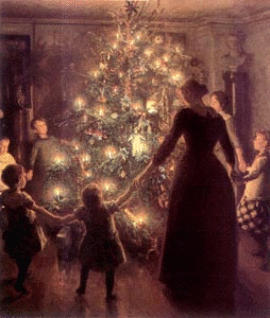Flowers
A Delicious Milk Bath
A milk bath is a bath taken in milk instead of water. Often other scents such as lavender, honey, and essential oils are added. Cleopatra, Elizabeth I of England, Elisabeth of Bavaria, and others have historically acclaimed the beautifying benefits of these baths.
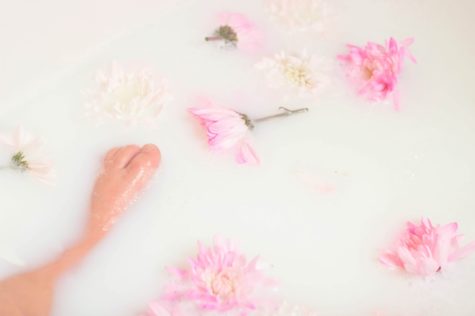
Cleopatra was definitely onto something when she indulged in daily beauty treatment milk baths. It turns out the natural lactic acid found in milk is a form of alpha-hydroxy-acid (an ingredient which can be found in some of the most expensive exfoliating products). This type of acid gently dissolves proteins to exfoliate dead skin cells, which reveal fresh, younger looking skin underneath.
The lactic acid found in milk is extremely mild, so don’t worry, it won’t strip or irritate the skin. In fact, milk is quite soothing on dry skin.
Milk is also rich in vitamins and minerals — most notably Vitamin E and zinc — which help slow the process of aging and retain skin’s natural elasticity.
Milk baths seem to be making a comeback in modern times as well. Many upscale spas in major cities offer a number of milk treatments such as hot milk and almond pedicures! That sounds divine!
But you don’t have to spend a lot of money at a fancy spa (or travel back in time) to reap the benefits of milk in your beauty routine. Milk bath recipes are some of the quickest, easiest homemade bath products you can make.
A Simple Scented Milk Bath
Here is a simple recipe that you can mix up in minutes and add your own scent to as well.
Ingredients
- 2 cups whole powdered milk
- 1/2 cup cornstarch (soothes and relieves dry, itchy skin)
- 1/2 cup baking soda (skin softener)
- Essential oil of your choice (I put in about 10 drops of lavender)
Directions
Combine the powdered milk, cornstarch and baking soda in a large glass container. Put the lid on and shake the jar until the powders are completely mixed.
Remove the cap and add the essential oil. Re-cap the jar and shake to combine. Let sit for 24 hours before using, to let the ingredients and the essential oil completely combine. Store in a cool, dark place.
To use, pour 1 to 2 cups of your milk bath under hot running water. Lie back and relax!
A couple of tips:
- This is one time when lowfat is NOT your best bet. The higher the fat content of the milk, the more nourishing it is for you skin.
- Goat’s milk and cow’s milk have higher amounts of fat which provides more conditioning, but you can also use rice, soy or coconut milk (great alternatives for vegans.)
- Also, lactose intolerant folks don’t have to worry about bathing in milk. The milk isn’t being drunk, so there won’t be any digestion problems.
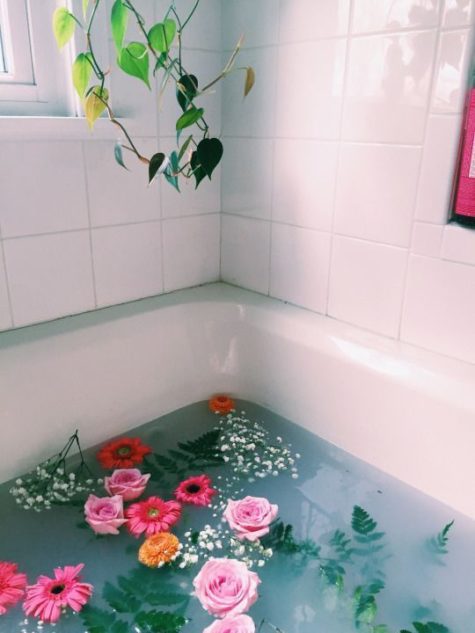
Make up your own recipe:
It’s very simple to experiment with your own recipe, all you need is powdered or fresh milk. You could even experiment with a can or two of goats milk. From this base, you can branch out and add one or more of the following:
- Honey
- Oatmeal
- Essential Oils
- Herbs – fresh or dried
- Spices – nutmeg, allspice, etc
- Flowers – fresh or dried
- Seaweed
- Sea salt
Borrowed from: The Prosperity Project
Morning Glory Tea
To cure dysentery or diarrhea, take the blue flowers of the “corihuela” (morning glory), make a tea, sweeten with sugar, and take a cupful every morning.
From: Popular Medicine, Customs, and Superstitions of the Rio Grande
Rose Garden Dusting Powder
Ingredients:
- 1 1/4 cup cornstarch
- 1/4 cup baking soda
- 1/2 cup dried ground pink rose petals
- 1/4 cup ground dried lemon peel
- 6 drops attar of roses
- 4 drops geranium essential oil
- 4 drops lime essential oil
- 2 drops lemongrass essential oil
Mix dry ingredients in a nonreactive (glass is good) bowl. Drop in attar and essential oils, stirring with each addition. Pour into a dusting powder box. Apply with a powder duster.
If this type of packaging is unavailable, pour the mixture through a funnel into a shaker-topped powder bottle. Add a few grains of rise to stop ingredients from clumping.
To use, shake on body, bed, or inside shoes or drawers.
Found in: Four Seasons of Mojo
Elder Flower and Peppermint For The Flu
An almost infallible cure for an attack of influenza in its first stage is a strong infusion of dried Elder Blossoms and Peppermint. Put a handful of each in a jug, pour over them a pint and a half of boiling water, allow to steep, on the stove, for half an hour then strain and sweeten and drink in bed as hot as possible. Heavy perspiration and refreshing sleep will follow, and the patient will wake up well on the way to recovery and the cold or influenza will probably be banished within thirty-six hours. Yarrow may also be added.
Here’s another variation of this same cure:
Mix 1 oz dried Elder Flowers and 1 oz dried Peppermint leaves. Boil 1 pint of distilled water in a saucepan large enough to hold a quart and while boiling, add the herbs. Cover them and let step (not boil) in a hot place for 10 or 15 minutes. Do not raise the lid or you will lose some of the strength.
When ready, strain through muslin or a thin cloth into a glass or enamel pitcher. Before taking, the patient should be in bed and well covered with blankets to retain the heat.
The dose for severe colds and fevers is drink one pint as hot as possible. Then, remain in bed well covered. It may be sweetened if desired. It will be found beneficial to have a hot water bottle, covered with a towel dipped in vinegar, applied to the feet and allowed to remain there.
The dose for children is from one half to one teacupful. In all cases, the patient should be kept in bed for at least 12 hours after taking, and kept well covered to promote free perspiration.
There will be free perspiration starting in from 20 to 40 minutes after taking and sometimes sooner. This will soothe the patient to sleep and the perspiration will continue for several hours.
The next morning if the fever or cold is completely normal, the patient should be sponged with warm water, put into a clean bed, and be given some light nourishment such as fruit juices (pineapple, orange), or prunes. Care must be taken to keep the body quite warm for a day or two.
If one does does not completely break up the fever, another should be given 24 hours latr. It will be found that, not only the 7,000,000 sweat glands discharge the poisons from the body, but the bowels and kidneys are also activated and will materially help in the recovery of the patient.
Sources: An Elementary Course in Herbology and A Modern Herbal
Elderflower Bath
Elder Flowers, if placed in the water used for washing the hands and face, will both whiten and soften the skin-a convenient way being to place them in a small muslin bag. Such a bag steeped in the bathwater makes a most refreshing bath and a well known French doctor has stated that he considers it a fine aid in the bath in cases of irritability of the skin and nerves.
From: A Modern Herbal
Elder Flower Water
Elder Flower Water (Aqua Sambuci) is an official preparation of the British Pharmacopoeia, which directs that it be made from 100 parts of Elder Flowers distilled with 500 parts of water (about 10 lb. to the gallon), and that if fresh Elder flowers are not obtainable, an equivalent quantity of the flowers preserved with common salt be used. The product has at first a distinctly unpleasant odor, but gradually acquires an agreeably aromatic odor, and it is preferable not to use it until this change has taken place.
Elder Flower Water is employed in mixing medicines and chiefly as a vehicle for eye and skin lotions. It is mildly astringent and a gentle stimulant. It is the Eau de Sureau of the Continent, Sureau being the French name of the Elder.
Elderflower Water in our great-grandmothers’ days was a household word for clearing the complexion of freckles and sunburn, and keeping it in a good condition. Every lady’s toilet table possessed a bottle of the liquid, and she relied on this to keep her skin fair and white and free from blemishes, and it has not lost its reputation. Its use after sea-bathing has been recommended, and if any eruption should appear on the face as the effect of salt water, it is a good plan to use a mixture composed of Elder Flower Water with glycerine and borax, and apply it night and morning.
Here is a recipe that can be carried out at home:
Fill a large jar with Elder blossoms, pressing them down, the stalks of course having been removed previously. Pour on them 2 quarts of boiling water and when slightly cooled, add 1 1/2 OZ. of rectified spirits. Cover with a folded cloth, and stand the jar in a warm place for some hours. Then allow it to get quite cold and strain through muslin. Put into bottles and cork securely.
From: A Modern Herbal
Green Elder Ointment
Elder leaves are used in the preparation of an ointment, Unguentum Sambuci Viride, Green Elder Ointment, which is a domestic remedy for bruises, sprains, chilblains, for use as an emollient, and for applying to wounds. It can be compounded as follows:
- 3 parts of fresh Elder leaves
- 4 parts of lard
- 2 parts of prepared suet
Heat the Elder leaves with the melted lard and suet until the color is extracted, then strain through a linen cloth with pressure and allow to cool.
Source: A Modern Herbal
Saida: Salves To Heal Up Wounds
Brenda-Lee: Egg White Cough Cure
Pat Scott: Marsh Mallow Ointment
Sharon from Cleveland, Ohio: Egg White Cough Cure
Vagabond Witch: Soapwort Shampoo
